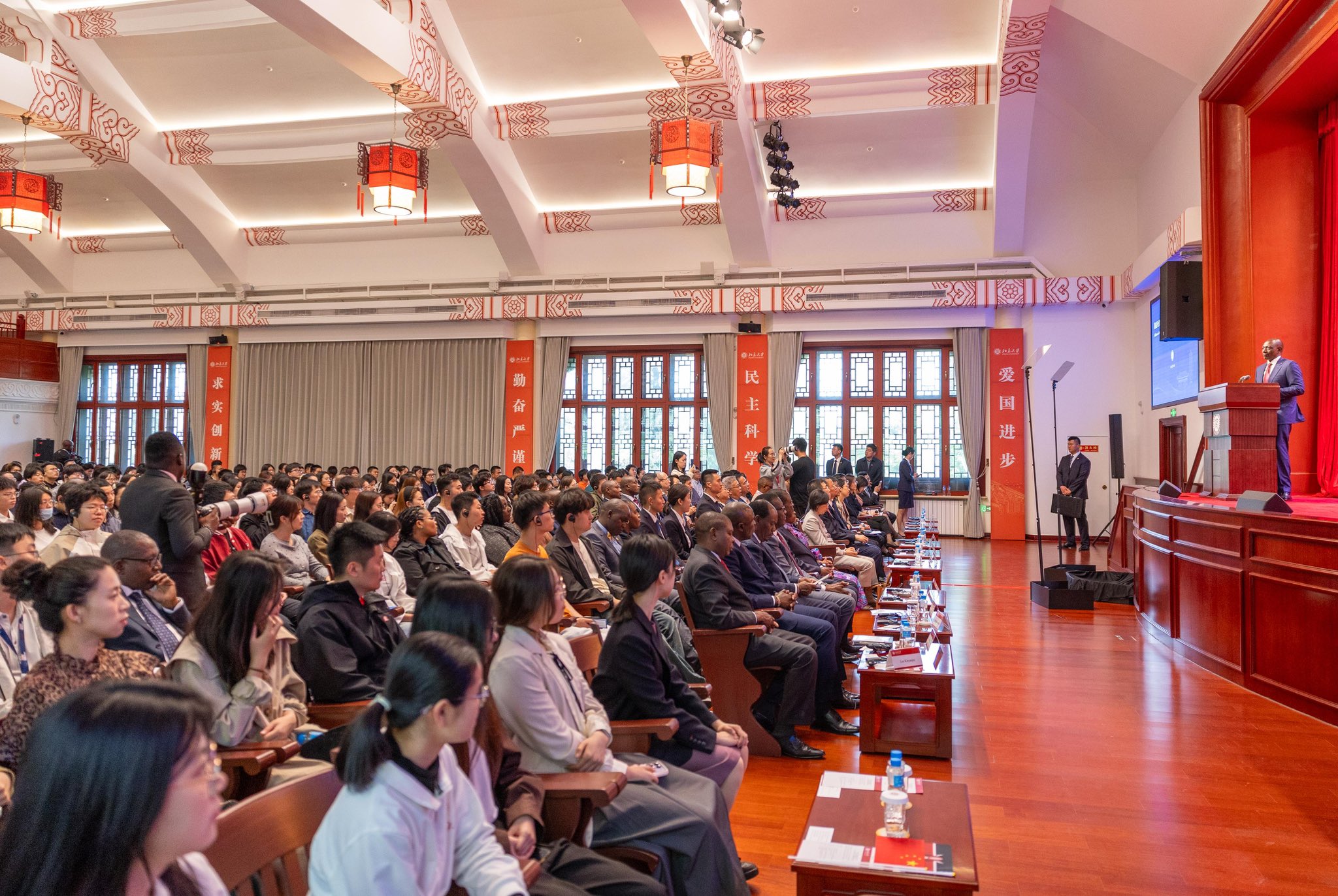
President William Ruto is currently in China on a four-day state visit—a trip that signals more than diplomatic niceties.
It marks a renewed effort to secure Kenya’s place at the center of one of the 21st century’s most consequential global initiatives: China’s Belt and Road Initiative (BRI).
This is not Ruto’s first visit to Beijing since taking office in 2022, but it might be his most significant.
At a time when Kenya is trying to stabilise its economy, reduce its debt burden, and stimulate growth, the president’s agenda is clearly focused: infrastructure, investment, and innovation.
The BRI, known in Mandarin as Yidai Yilu, is China’s global infrastructure and connectivity blueprint. Kenya’s position along the Indian Ocean makes it a natural gateway into Africa—and a vital node in China’s plans.
Through meetings with President Xi Jinping and other top Chinese officials, Ruto is reaffirming Kenya’s strategic role, while seeking to secure financing and partnerships for key projects.
I recall attending a 2018 seminar in China organised by their Ministry of Commerce, where I represented the then Ministry of Devolution, which is currently a state department under the Office of the Deputy President.
Even then, it was clear that China saw Kenya as more than a client state—it saw us as a continental bridge.
That perspective hasn't changed. If anything, the stakes have risen. Top of Ruto’s wish list is the long-delayed extension of the Standard Gauge Railway (SGR) from Naivasha to Malaba.
The first phase of the SGR, financed through a $3.2 billion Chinese loan, has already reduced travel time and freight costs between Mombasa and Nairobi.
Completing the line to the western border could unlock regional trade routes and boost economic integration with Uganda, Rwanda, and the Democratic Republic of Congo.
Also under discussion are the Nairobi–Nakuru–Malaba highway and the Lamu Port-South Sudan-Ethiopia Transport (LAPSSET) Corridor—two critical arteries that could transform both national and regional logistics. These are not vanity projects.
They are essential to Kenya’s ambitions under Vision 2030 and its commitments to the United Nations Sustainable Development Goals (SDGs).
The tone of this visit, however, is different from the past.
President Ruto is not simply chasing loans.
His delegation has emphasised energy, ICT, manufacturing, healthcare, and agriculture—areas aligned with the Bottom-Up Economic Transformation Agenda (BETA).
The goal appears to be fostering investment partnerships rather than piling on unsustainable debt. Still, we must be honest about the shadows of the past.
Kenya owes China over $7 billion as of 2024.
The problem wasn’t the borrowing itself, but the opacity that surrounded many of the deals.
Several large-scale projects were launched with little explanation of the terms, leading to growing public scepticism and questions over value for money.
This moment presents an opportunity to do things differently.
Any agreements signed in Beijing must be transparent, fiscally sound, and subject to parliamentary oversight.
Kenyans deserve to know how their future is being negotiated. There’s also a broader issue at play: the competing visions of global development.
While the West focuses on reform conditions and institutional development, China offers immediate infrastructure with fewer strings attached.
Each model has its benefits and drawbacks, but Kenya must ensure that its sovereignty and long-term interests come first.
Our partnership with China began in earnest under President Mwai Kibaki, accelerated under President Kenyatta, and is now being refined under President Ruto.
What stands out today is a more deliberate and assertive approach—one that seeks value and accountability over volume and speed.
As the National Alternative Leadership Forum, we welcome investments that truly uplift lives. But we also insist that development be rooted in fairness, transparency, and strategic foresight.
Infrastructure must connect more than cities—it must connect people to opportunity. President Ruto’s ongoing visit could be a turning point.
If handled right, it will not only strengthen Kenya’s infrastructure and trade networks but it will also help restore public trust in how international deals are made.
The future of Kenya-China relations must be grounded in mutual respect, shared benefit, and above all, responsibility.








